Ba6.4 There was a Well waiting for the sleepy Do(o)rmouse and according to the Chinese their 22th station Well was defined by the Day of St John the Baptist and associated with a Tapir. The idea may have been to envision a complementary pair, one pushing down below the surface of water and the other pushing up above the earth. Submerge in contrast to elevate. It was Tane (the Tree) who raised the sky roof high, who separated Father Sky from Mother Earth, letting in air and light: ... They were Ranginui, the Sky Father, and Papatuanuku, the Earth Mother, both sealed together in a close embrace. Crushed between the weight of their bodies were their many children, whose oppression deepened. They yearned to be free; they fought their parents and each other to break loose. Tuumatauenga, virile god of war, thrust and shouted; Tangaroa of the oceans whirled and surged; Tawhirirangimaatea, Haumiatiketike and Rongomatane, of wild foods and cultivated crops, tried their best but were not successful; and Ruamoko, god of earthquakes, yet to be born, struggled in the confinement of his mother's womb ... Of them all, Taane Mahuta, the god of the forests, was the most determined; he set his sturdy feet upon his father's chest, and braced his upper back and shoulders against the bosom of his mother. He pushed; and they parted. So the world, as the Maori understand it, came into being ... The mythic image of a central tree of fire placed like a pillar to keep the sky roof high has been engraved on a mountain slope in order to point at the Southern Cross,
... The 'Candelabra' has a rectangular, box-like base, enclosing a circle, out of which rises the representation of a wide central vertical bar, more than 240 meters in length, running north to south. This is crossed, about one-third of the way up, by a triangular contraption running east to west for some 120 meters, supporting two shorter vertical bars. All three bars are surmounted by curious patterns generally interpreted as flames or rays of light ... The 'candelabra tree' is standing on a rectangular base (Field) inside which (although hard to see above) there is a circular 'well' where the trunk has been inserted (cfr the star Intrometida = Inserted, ε Crucis). Here the 'tree' will reach down in order to drink water, later to be released again high up in form of Rain (Matar, η Pegasi).
The crust of mother earth can be hard and dry (Maro = June), but down below - in a well (Abyss) - there will always be sweet ground water trickling out (slowly as if treacle). In a place otherwise deserted by life there will be oases, perceived from afar by the outline of their trees.
... It was Sirius who restored the waters which Canopus had consumed. ... The life-force of the earth is water. God moulded the earth with water. Blood too he made out of water. Even in a stone there is this force, for there is moisture in everything. But if Nummo is water, it also produces copper. When the sky is overcast, the sun's rays may be seen materializing on the misty horizon. These rays, excreted by the spirits, are of copper and are light. They are water too, because they uphold the earth's moisture as it rises. The Pair excrete light, because they are also light ... 'The sun's rays,' he went on, 'are fire and the Nummo's excrement. It is the rays which give the sun its strength. It is the Nummo who gives life to this star, for the sun is in some sort a star.' It was difficult to get him to explain what he meant by this obscure statement. The Nazarene made more than one fruitless effort to understand this part of the cosmogony; he could not discover any chink or crack through which to apprehend its meaning. He was moreover confronted with identifications which no European, that is, no average rational European, could admit. He felt himself humiliated, though not disagreeably so, at finding that his informant regarded fire and water as complementary, and not as opposites. The rays of light and heat draw the water up, and also cause it to descend again in the form of rain. That is all to the good. The movement created by this coming and going is a good thing. By means of the rays the Nummo draws out, and gives back the life-force. This movement indeed makes life. The old man realized that he was now at a critical point. If the Nazarene did not understand this business of coming and going, he would not understand anything else. He wanted to say that what made life was not so much force as the movement of forces. He reverted to the idea of a universal shuttle service. 'The rays drink up the little waters of the earth, the shallow pools, making them rise, and then descend again in rain.' Then, leaving aside the question of water, he summed up his argument: 'To draw up and then return what one had drawn - that is the life of the world.' The Chinese version of this well seems to have been envisioned like a stoneage henge with a central 'stone' surrounded by 13 'pillars'. Below we can see this form straight below (at the same time as) Gemini:
|
||||||||||||||||||||||||||||||||||||||||||||||||||||||||||||||||||||||||||||
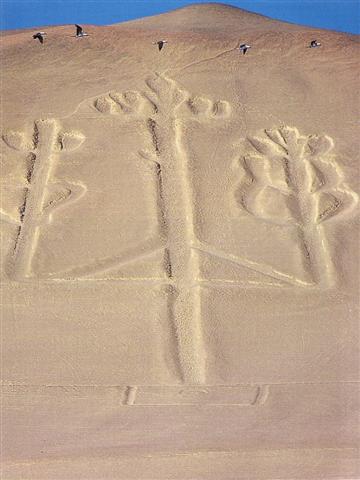

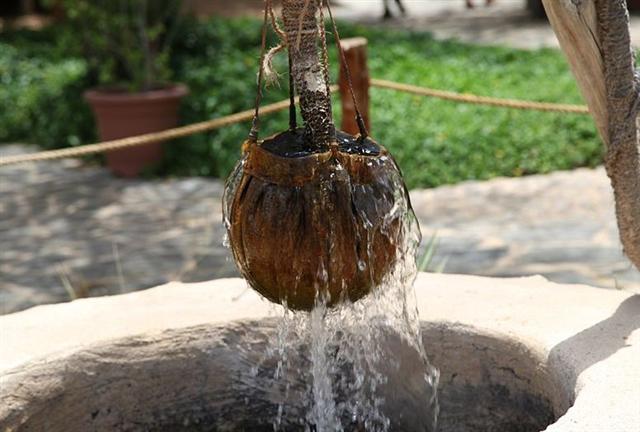
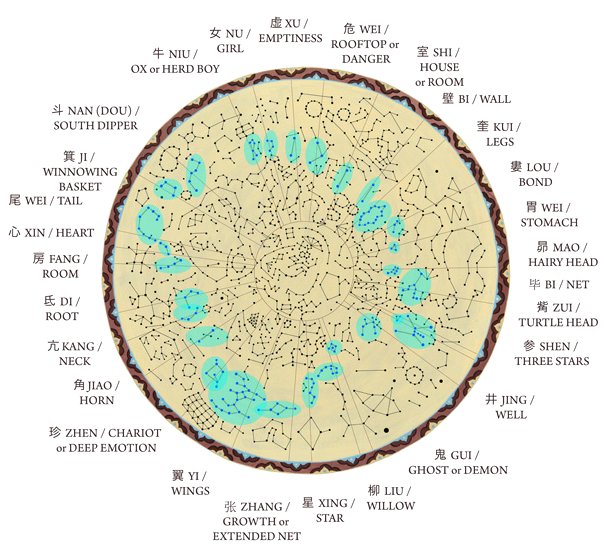

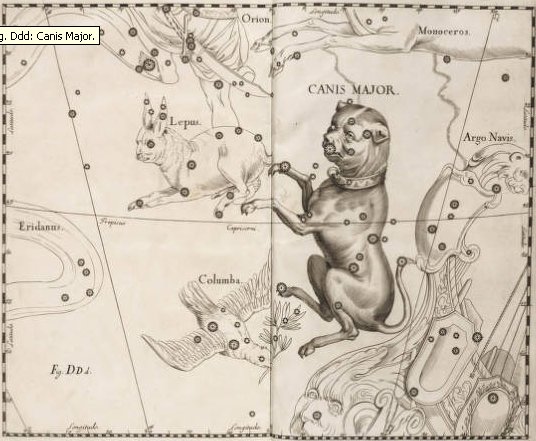




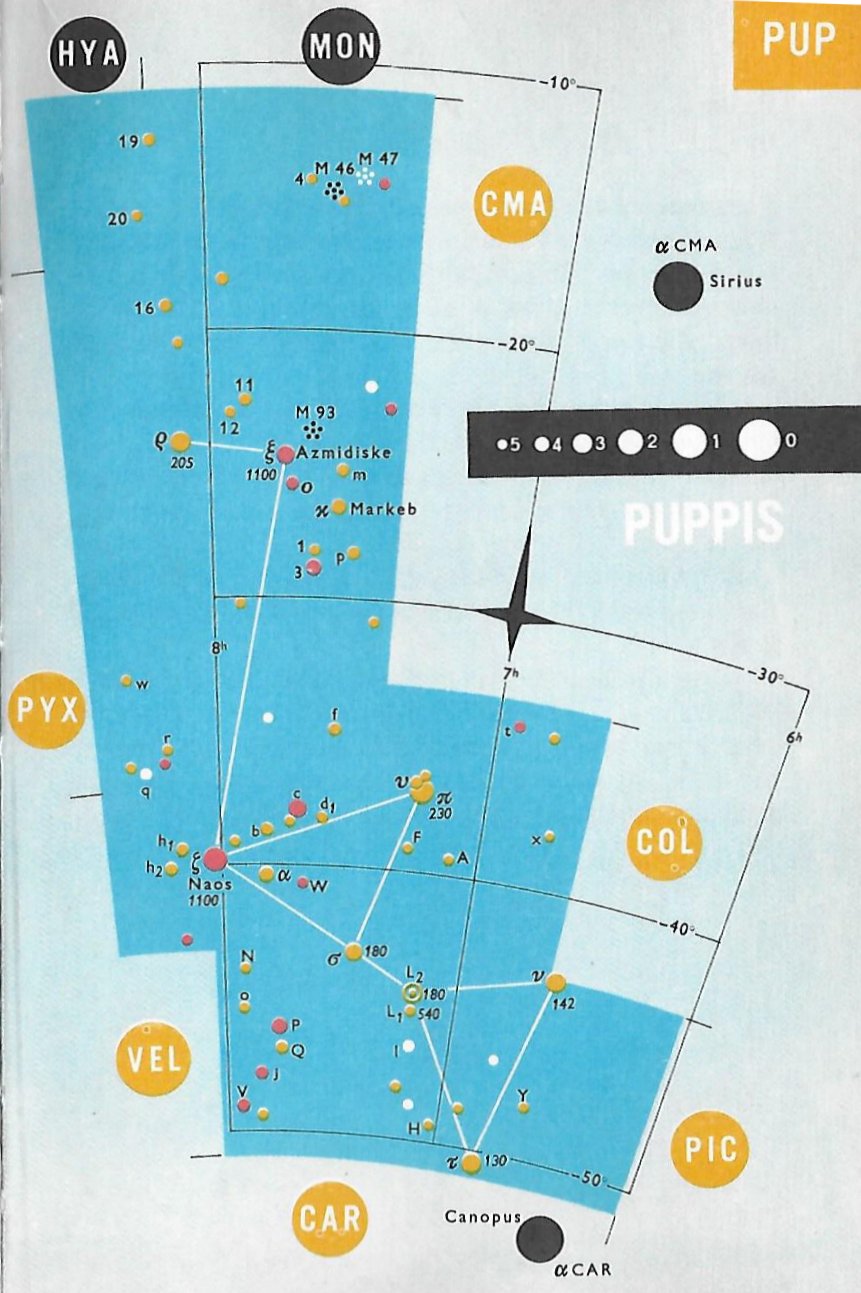
.jpg)